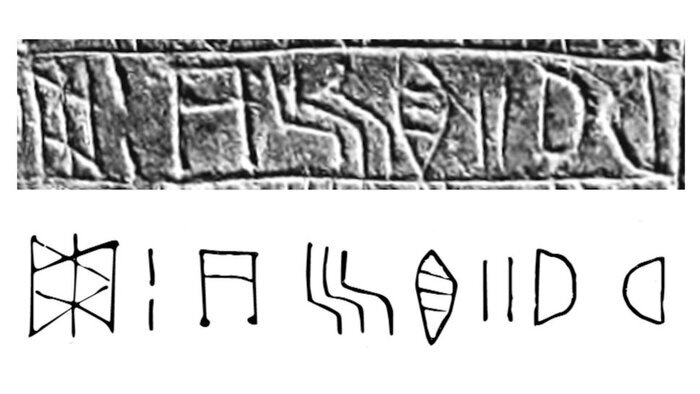Mysteries of ancient language unraveled in Iran

TEHRAN – A team of linguists has recently unveiled mysteries of an ancient language in an attempt to decipher and translate an ancient Elamite script found in southern Iran some 120 years ago.
The writing system was reportedly used by people who lived in southern Iran between 2300 and 1800 BC.
A group of researchers from Iran and France claims to have deciphered important sections of the Linear Elamite script recovered from various Iranian archaeological sites over the past 120 years.
The claims have reportedly been met with a fair amount among academics specializing in the field of ancient language decoding, according to Ancient Origins.
The first artifacts inscribed with this language were discovered during an excavation project in 1903 on an ancient acropolis in Susa, Iran.
A team of experts led by French archaeologist François Desset, now teaching at the University of Tehran, has analyzed eight well-preserved inscriptions found on silver cups, seeking to explain their full meaning.
They did this by comparing the ancient text with cuneiform texts from the same period that were written in a deciphered Middle Eastern script.
The cuneiform inscriptions contained the names of the rulers, lists of their titles, and descriptions of what they accomplished.
Scholars learned from the results of previous decipherments that Linear Elamite referred to some of the same rulers, and had hoped to translate the written samples using cuneiform texts as their model.
A UNESCO World Heritage, Susa was once the capital of the Elamite Empire and later an administrative capital of the Achaemenian king Darius I and his successors from 522 BC.
AM
